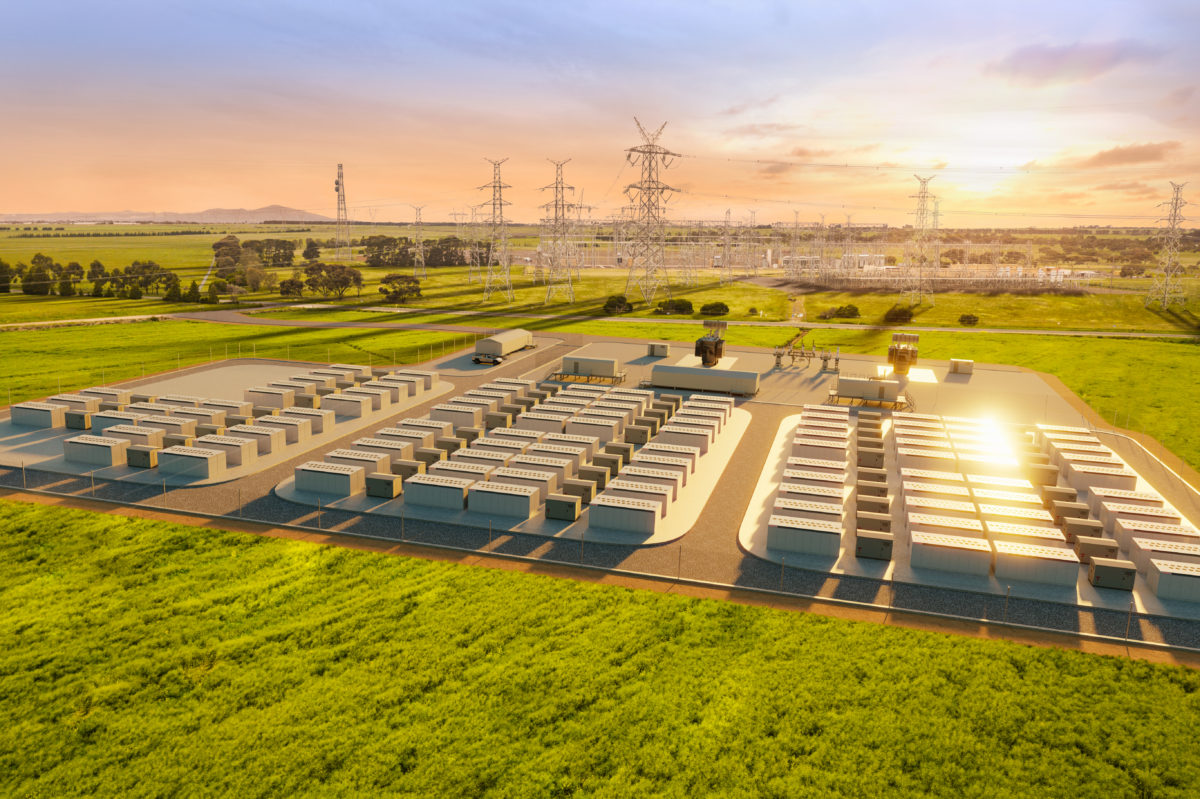Victoria’s operational landscape is changing rapidly with strong interest in new renewable generation projects a key driver. The state has about 7.8 GW of existing or committed wind and solar generation already in place, with 2.9 GW of this attributed to distributed PV installations. There are also 2.3 GW of hydro generation and 75 MW of existing or committed battery storage.
The continued introduction of renewables contributed to extremely difficult operating conditions for Victoria’s energy transmission network in 2019-20, according to the Victorian Annual Planning Report (VAPR) released by AEMO on Thursday.
AEMO managing director and CEO Audrey Zibelman said the growing investment in large-scale renewable generation projects and distributed PV is impacting the stability and complexity of the state’s power system operations.
“We are seeing record levels of investment in new large-scale renewable energy generation, with AEMO having connected more generators in Victoria over the past 12-month period than in any other NEM state, or than in any previous reporting period,” she said.
“Since last year’s report, there has been a 1.6 GW increase in large-scale wind and solar projects connected or commenced commissioning.”
Much of the growth in renewable generation is attributed to the Victorian Government’s renewable energy target (VRET), which aims to deliver 40% renewable energy generation by 2025 and 50% by 2030.
And there appears to be no slowing down in sight when it comes to investment in renewable generation with AEMO’s 2020 Integrated System Plan (ISP) indicating that at least 13.2 GW will be required to deliver the VRET. This represents up to 5.4 GW of additional solar and wind capacity, spread between large-scale and distributed resources. An additional 600 MW of large-scale plant has already been committed since the ISP analysis.
While the ongoing changes present a challenge, Zibelman said the VAPR had presented an opportunity to assess and identify future limitations of the Victorian power system with the resulting ‘Transmission Roadmap for Victoria’ outlining a suite of projects designed to address changing network demands.
“The 2020 report outlines how AEMO will adapt its regional planning processes to match Victoria’s changing needs,” Zibelman said.
“AEMO is progressing $3.5 billion of network development projects over the next decade to address system challenges, maintain supply reliability and system security, and meet government policy objectives.”
Projects detailed in the ‘Roadmap’ include the Victoria to NSW interconnector (VNI), improved voltage control and the expansion of renewable energy zone (REZ) projects to promote planned investment in high-quality generation areas.
“These investments will reduce overall costs to consumers by enhancing competition, unlocking lower-cost generation supplies, and improving the efficiency of resource sharing between regions,” Zibelman said.
“AEMO will work with the Victorian Government to develop a REZ Development Plan (RDP) that will map out how alternative patterns of generation might impact the optimal development of transmission in the state – considering network projects that might best support areas of high developer interest.”
This content is protected by copyright and may not be reused. If you want to cooperate with us and would like to reuse some of our content, please contact: editors@pv-magazine.com.









By submitting this form you agree to pv magazine using your data for the purposes of publishing your comment.
Your personal data will only be disclosed or otherwise transmitted to third parties for the purposes of spam filtering or if this is necessary for technical maintenance of the website. Any other transfer to third parties will not take place unless this is justified on the basis of applicable data protection regulations or if pv magazine is legally obliged to do so.
You may revoke this consent at any time with effect for the future, in which case your personal data will be deleted immediately. Otherwise, your data will be deleted if pv magazine has processed your request or the purpose of data storage is fulfilled.
Further information on data privacy can be found in our Data Protection Policy.